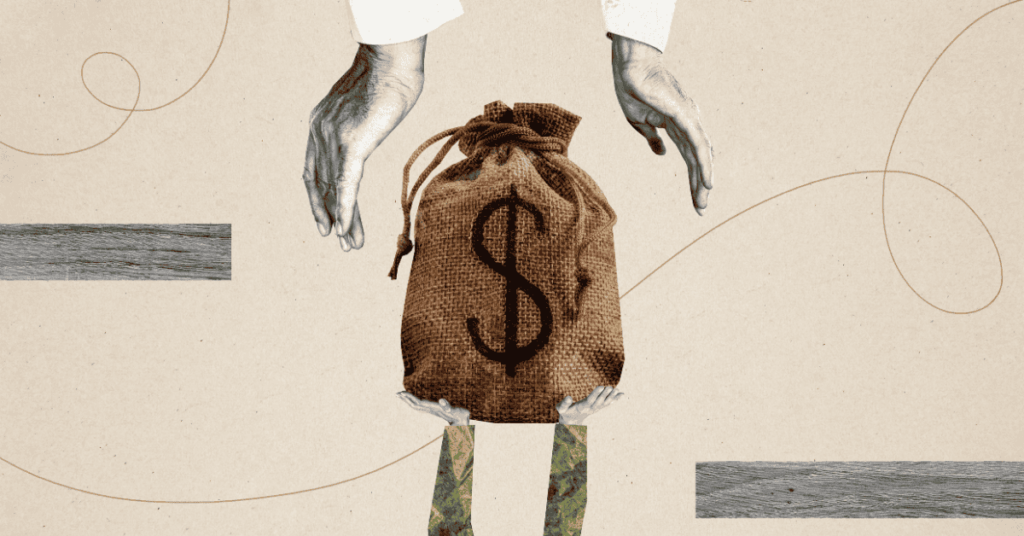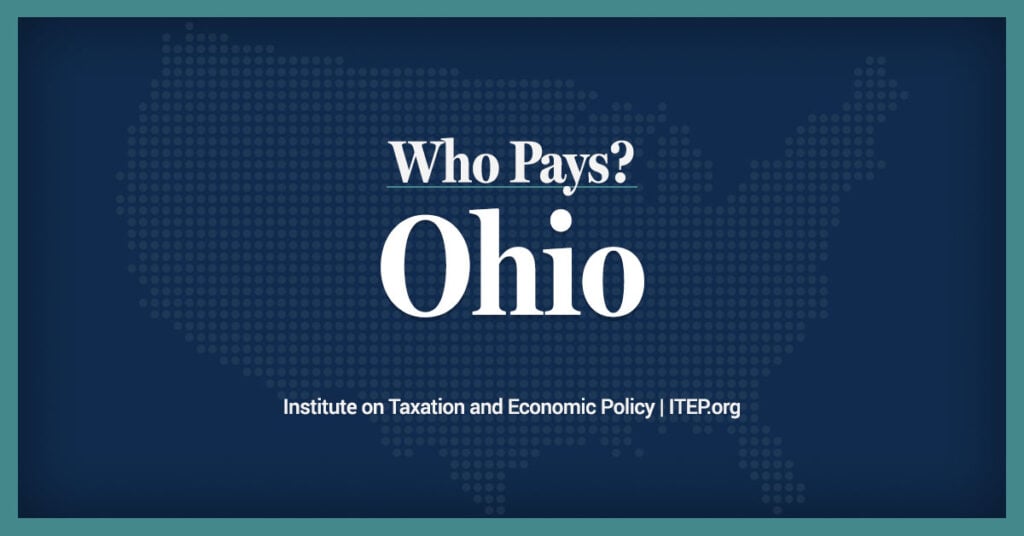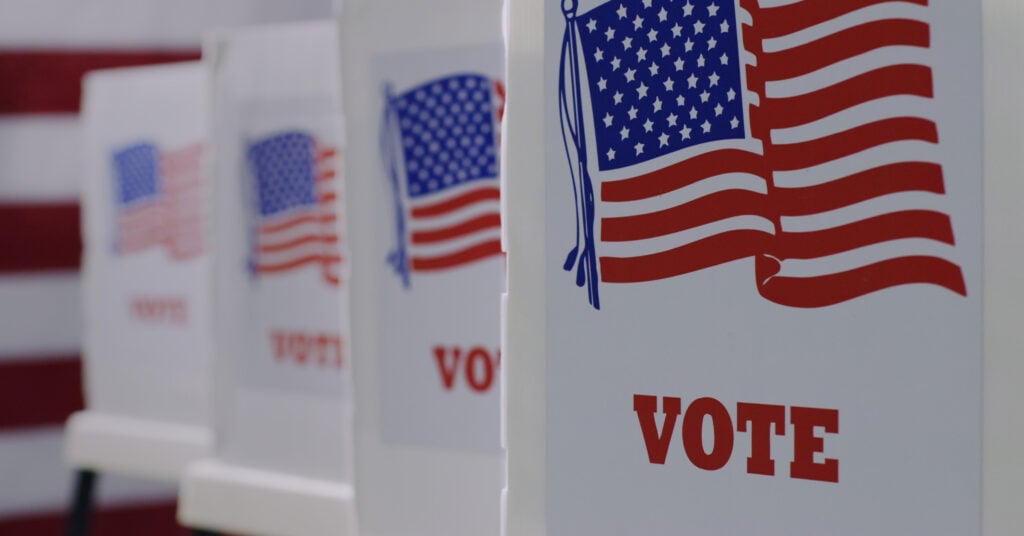Updated: 11:43 a.m. Wednesday, Feb. 6, 2013 | Posted: 6:25 p.m. Tuesday, Feb. 5, 2013
By Jackie Borchardt
COLUMBUS —
Ohio Gov. John Kasich will be in Dayton on Thursday to have a panel discussion with small business owners and economic policy experts about his plan to cut income and sales tax rates.
The event will be at Early Express, a printing business at 1333 E. Second Street.
Sales taxes would be collected on nearly everything Ohioans purchase, from professional sports tickets to tax preparation to a play on a pinball machine under the budget plan Kasich unveiled this week.
Kasich wants to widen the net on what’s taxed while lowering the state sales tax rate from 5.5 to 5 percent and raise taxes on oil and gas extracted from Ohio soil to help trigger state income tax cuts. Under the plan, sales tax revenue would grow $3 billion through June 2015 and make up the largest portion — about one-third — of the state general operating budget.
Kasich’s plan promises $1.4 billion in tax cuts over the next two years, but it’s unclear whether those savings would land in the pocketbooks of average Ohioans. Ohioans would pay less sales tax on goods and services they already buy, but pay new taxes on dozens of added goods and services.
Several of these make up a household’s monthly budget: cable television, laundry services and haircuts. Most goods and services related to education, healthcare and housing would remain exempt from the tax.
Sales tax is applied at the time the sale is made, which puts the burden of payment on vendors. Vendors must pay the tax, even if it is not factored into what the customer pays. In most cases, however, the tax will be paid by the consumer at the time of sale.
The proposed 20 percent across-the-board income tax cut would be phased in over three years. Eventually, taxpayers in the highest of Ohio’s nine brackets, who earn more than $206,250 a year, would pay a 4.74 percent marginal rate, down from 5.925 percent. Taxpayers in the middle bracket, who earn between $20,650 and $41,250, would pay 2.817 percent, down from 3.521 percent.
Zach Shiller, research director at left-leaning Ohio think tank Policy Matters Ohio, said expanding the sales tax will hit lower and middle income people more because a larger share of their income goes toward those taxes.
The lowest 20 percent of Ohioans pay about 6.7 percent of their household income on those taxes compared to about 1 percent for the state’s top 1 percent, according to a recent study by the Institute on Taxation and Economic Policy, a D.C.-based nonpartisan, nonprofit think tank.
Schiller said professional services and goods such as digital downloads should be taxed, but the state should account for the disparity between low- and high-income with refundable tax credits.
“This is basically broadening the sales tax in order to give away income tax cuts that are mostly going to benefit affluent people,” Schiller said.
Whether the tax burden increases or not depends on an individual’s income and what they consume. Gary Gudmundson, spokesman for the Ohio Department of Taxation, said some businesses might choose to eat the cost of the 5 percent tax. The proposal would tax pinball games, coin-operated washers and dryers and other small-cost items that would be difficult to add a tax at the time of sale.
Kasich pledged on the campaign trail to eliminate Ohio’s income tax, which he says prevents businesses from moving to Ohio and growing. The proposal he presented Monday would move Ohio five places down on the list of highest state individual income taxes, from 31st highest rate to 36th, according to budget documents.
Tim Keen, director of the Ohio Office of Budget and Management, told lawmakers on Tuesday the tax changes are intended to drive down tax rates to return more dollars to small businesses filing as individuals. Keen said businesses can use the money to employ more Ohioans or expand their businesses.
“Capital investment matters; capital investment drives jobs,” Keen said. “Taxation that punishes income is a disincentive for investment in the state of Ohio.”
Income and sales taxes made up about 30 and 29 percent, respectively, of the state’s general revenue fund in Kasich’s 2012-13 budget. Lowering income tax rates would reduce revenues $1.66 billion in fiscal year 2014 and $2.67 billion in fiscal year 2015, according to the Kasich administration’s projections.
Democrats on Tuesday questioned whether businesses invest savings from an income tax cut or pocket it and said the five-year, 21 percent income tax cut that began in 2005 did not produce robust economic growth.
“These reforms were supposed to create jobs,” said Rep. Denise Driehaus, D-Cincinnati. “If the small business owners are not behaving in a way that makes this work I’m not sure how we expect them to do it differently in the future.”





